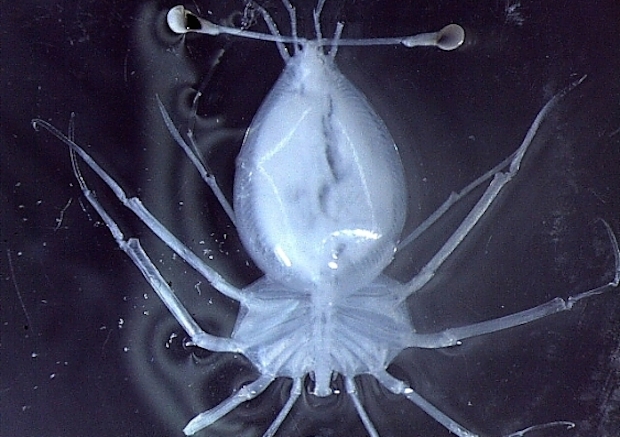50-million-year-old undersea volcanoes discovered off Australia
A collection of extinct volcanoes that could be 50 million years old has been discovered off the coast of Australia.
Researchers made the accidental discovery while mapping the sea floor about 155 miles from Sydney. The sonar on their ocean research vessel Investigator picked up the images of what turned out to be cluster of volcanoes at a depth of 16,000 feet.
The four extinct volcanoes in the cluster are calderas, which form after a volcano erupts and the land around it collapses, forming a crater. The largest is nearly a mile across the rim and rises 2,300 feet from the sea floor.
Australian National University's Richard Arculus, one of the world's leading expert on volcanoes, said these types of volcanoes offer geoscientists a window into the sea floor and clues to the deepest workings of the planet.
"They tell us part of the story of how New Zealand and Australia separated around 40-80 million years ago and they'll now help scientists target future exploration of the sea floor to unlock the secrets of the Earth's crust," Arculus said in a university press release. "They haven't been found before now because the sonar on the previous Marine National Facility research vessel, Southern Surveyor, could only map the sea floor to (about 10,000 feet) which left half of Australia's ocean territory out of reach."
Finding the volcanoes, the researchers acknowledged, was a bit lucky considering they weren't even searching for them. Rather, they were on a mission to find nursery grounds of larval lobsters - which they also spotted.
"To be honest, it came as a complete surprise and it was sheer serendipity," said University of New South Wales researcher Moninya Roughan, who was on the research vessel that included an international team of 28 scientists.
"There are these incredible parts of the ocean that we've never ever mapped before, never seen before," she said. "This was the last night of the voyage and we were hunting for lobster larvae ... and we had just set a track or a path ... and we just happened to go over these new volcanoes ... So, it was sheer luck we passed over them."
University of New South Wales marine biologist Iain Suthers said there were plenty of other strange species found during the 11-day voyage, and they expect to even find more in the future.
"This is the first time we've been able to respond directly to the changing dynamics of the ocean and, for a biological oceanographer like me, it doesn't get more thrilling," Suthers said.
"It was astounding to find juvenile commercial fish species like bream and tailor (93 miles) offshore, as we had thought that once they were swept out to sea that was end of them," he said. "But, in fact, these eddies are nursery grounds along the east coast of Australia."
